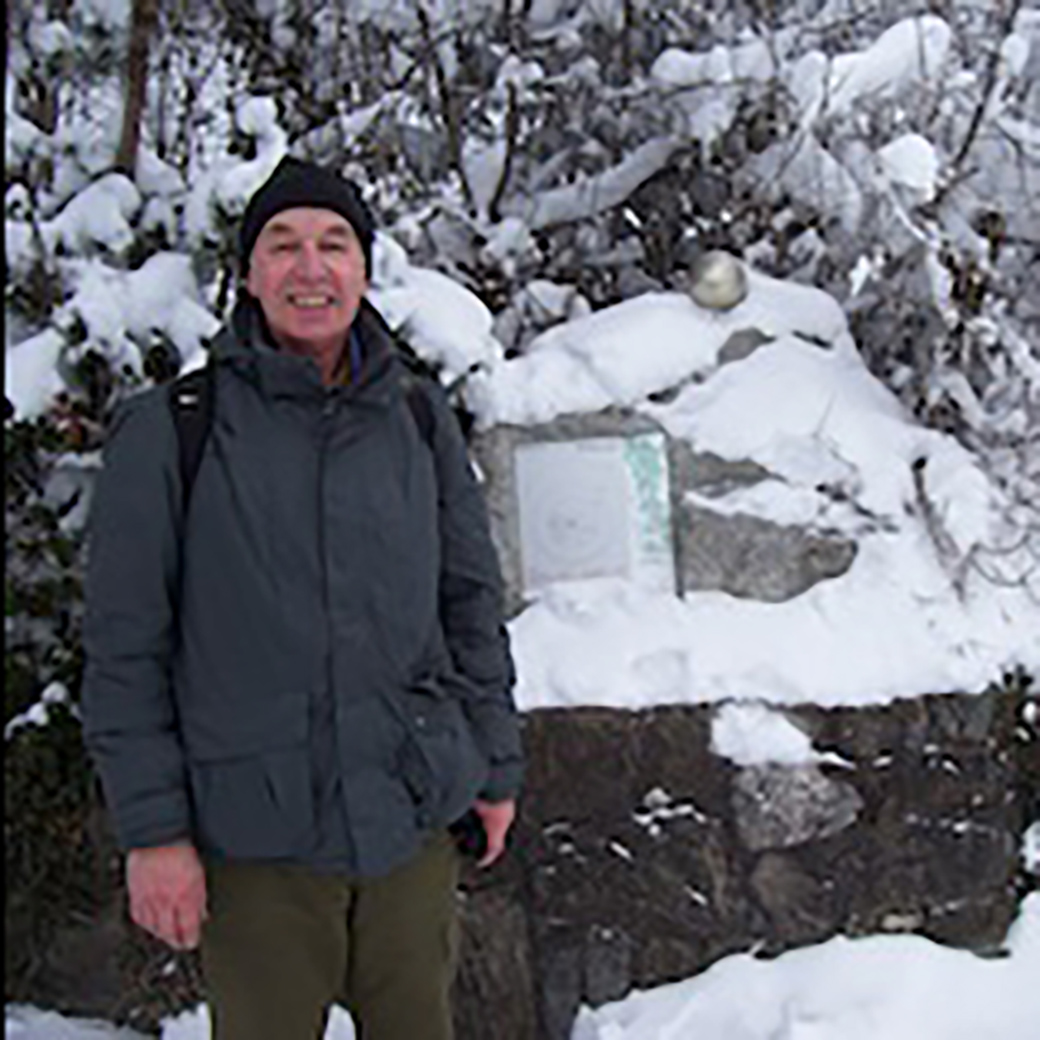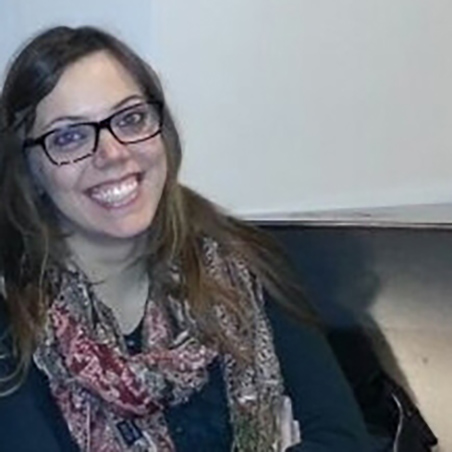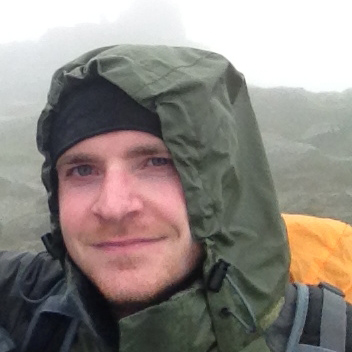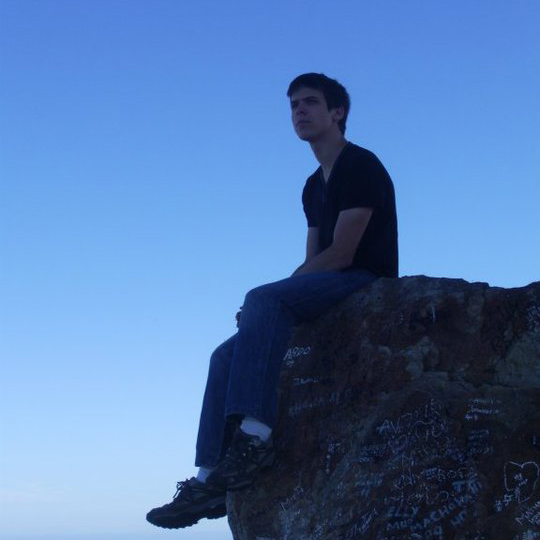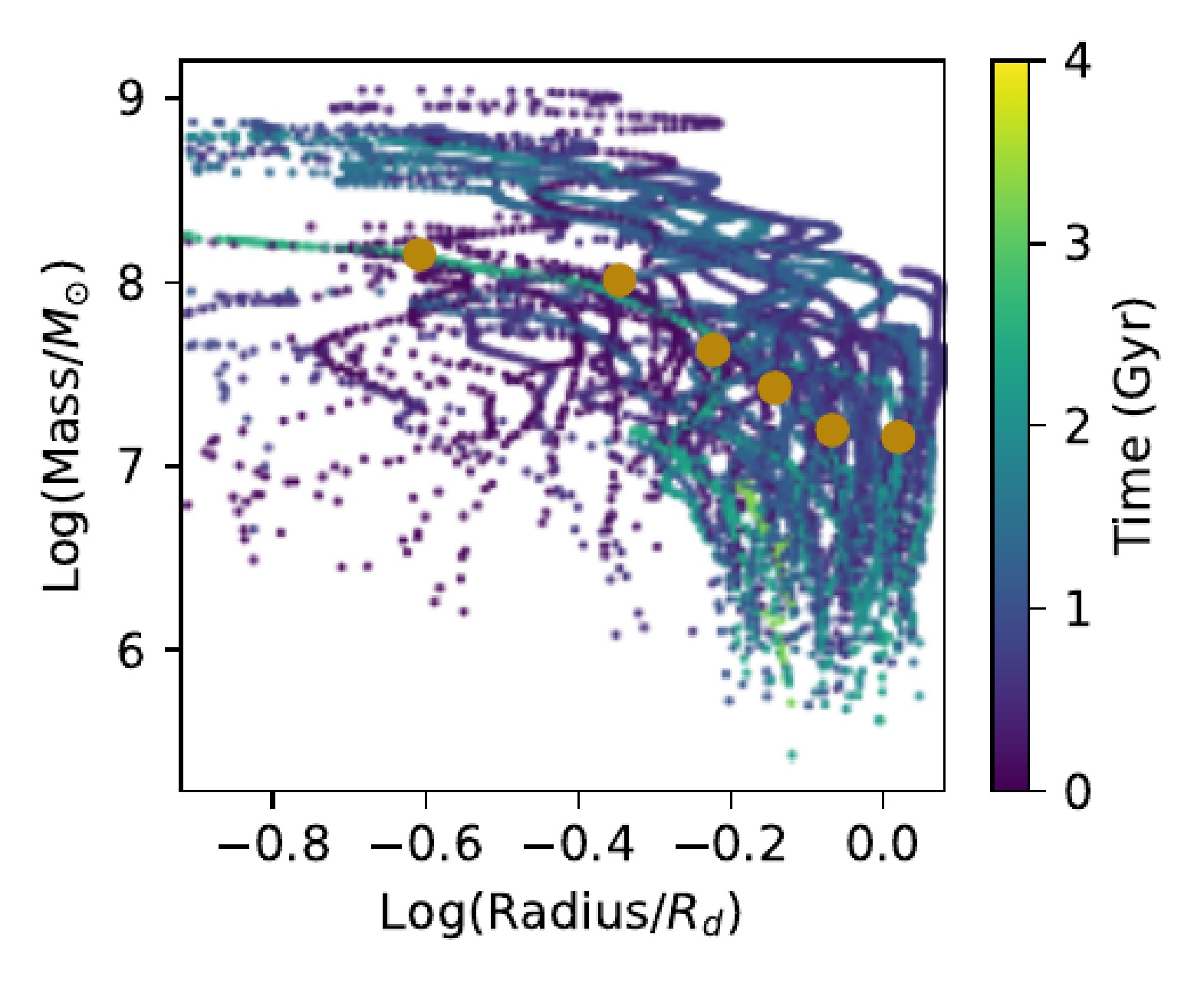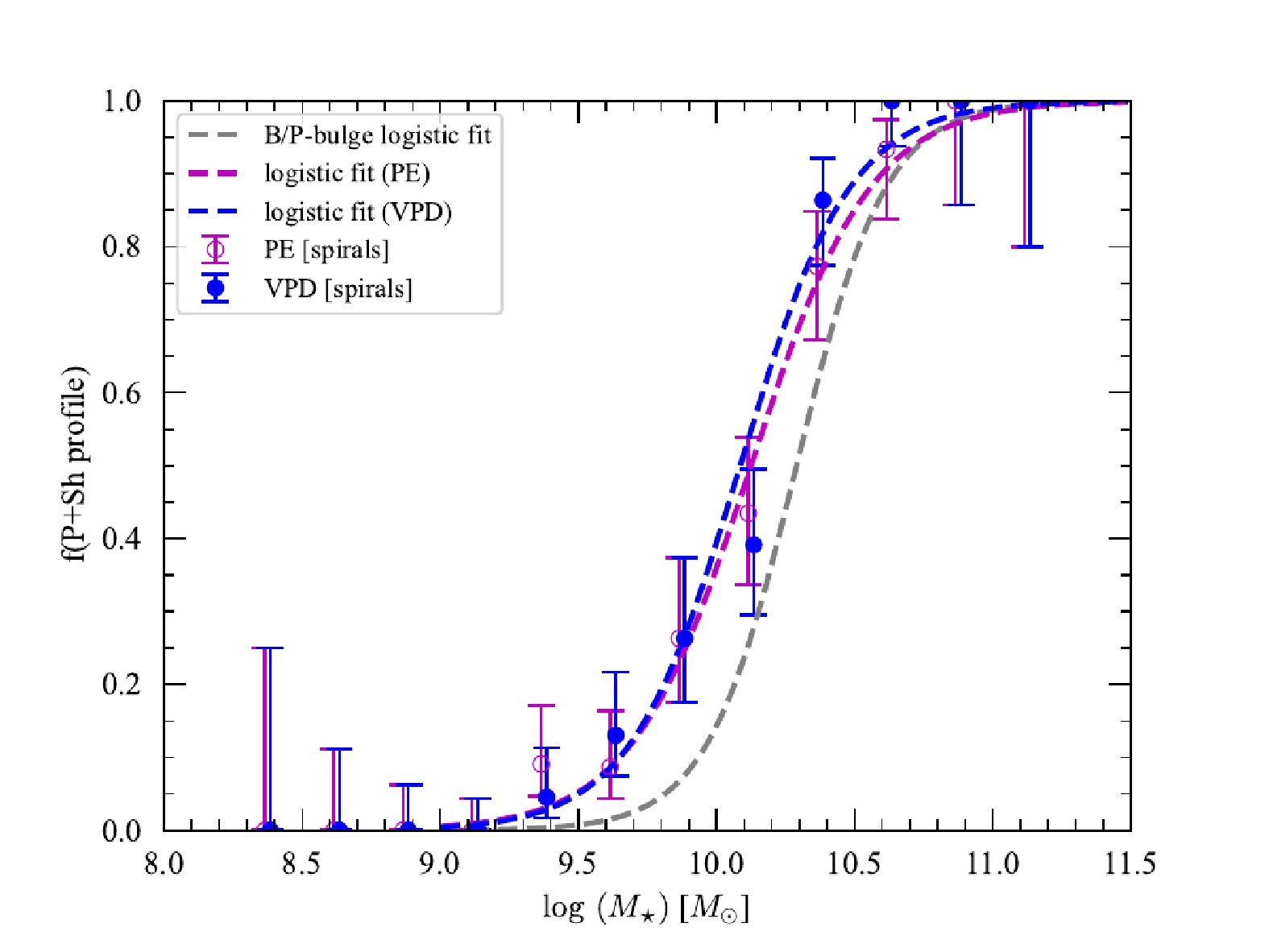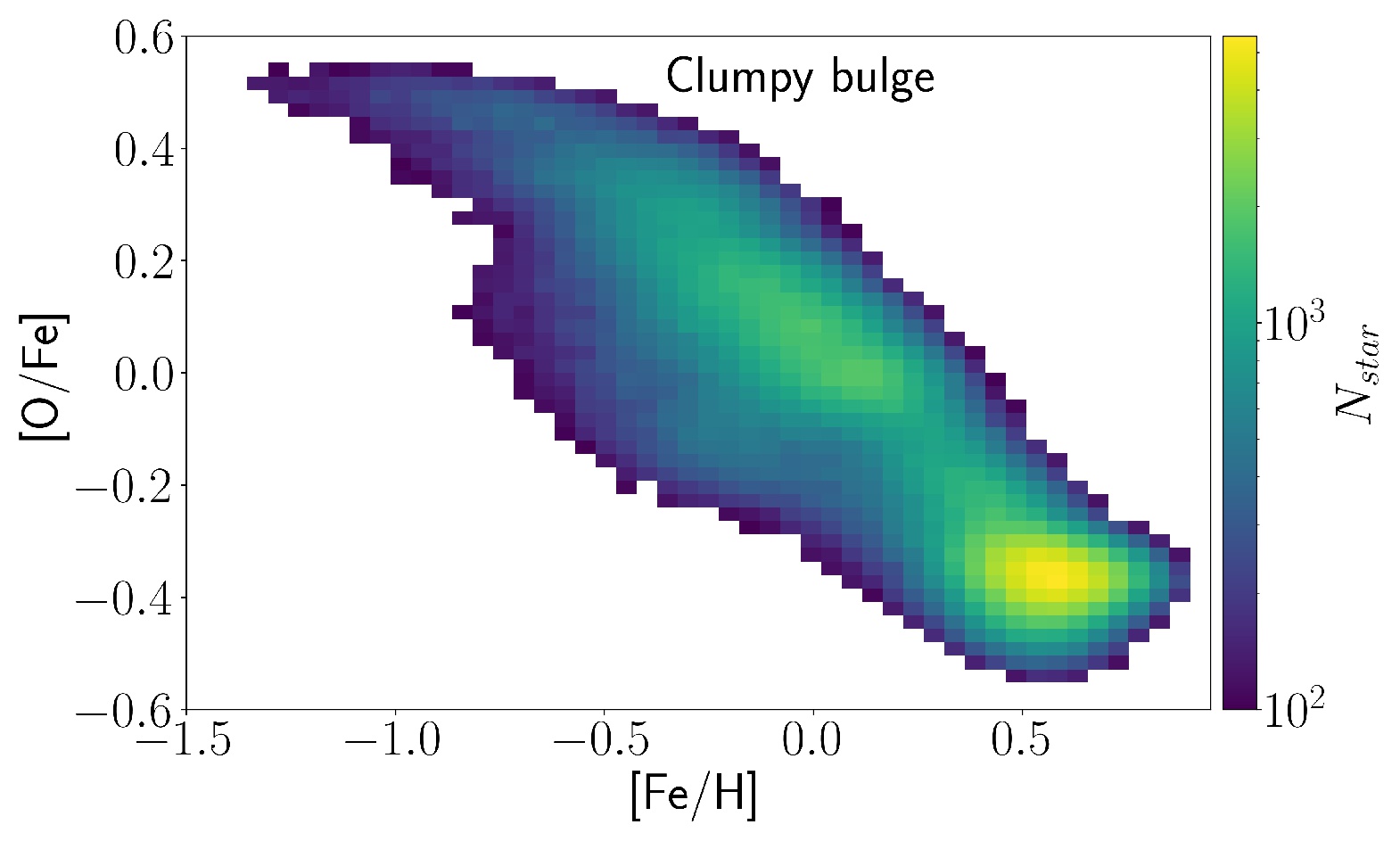The research of the Galaxy Dynamics Group focuses on the formation and evolution of galaxies.
Understanding the formation of galaxies — the fundamental building blocks of the universe — with their array of morphologies and scaling relations, is one of the most important problems in cosmology today.
Research Group Members
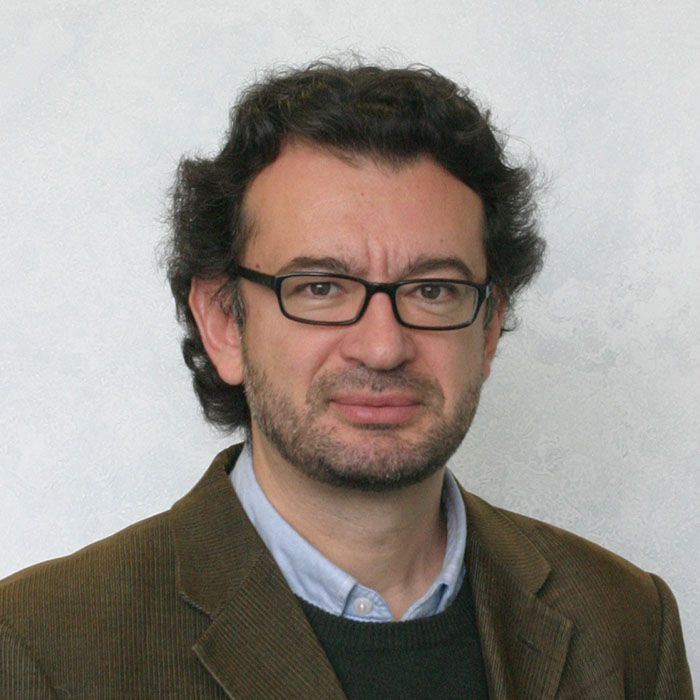
Prof Victor P. Debattista
Teaches modules around the Milky Way and galaxies in general. His research expertise is in the dynamics of galaxies and how this informs their formation and evolution. He uses high performance computer simulations to help understand their behaviour. His research has been funded by the Science and Technology Facilities Council, the Royal Society and the EU COST Association.

Steven Gough-Kelly
PhD research student at the Jeremiah Horrocks Institute, University of Central Lancashire as part of the Galaxy Dynamics research group. Primary research is studying the formation of Box/Peanut bulges in barred-galaxies by comparing isolated and cosmological simulations to observations of both external galaxies and the Milky Way.
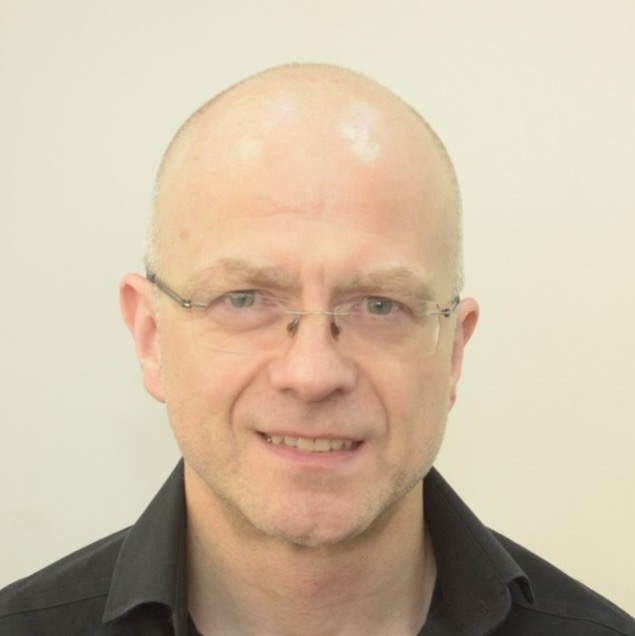
Stuart R. Anderson
Part-time PhD research student, his main research interest
is in galaxy bars and boxy/peanut bulges, and how N-body+SPH
simulations can help us understand their formation and
evolution.
External Group Members
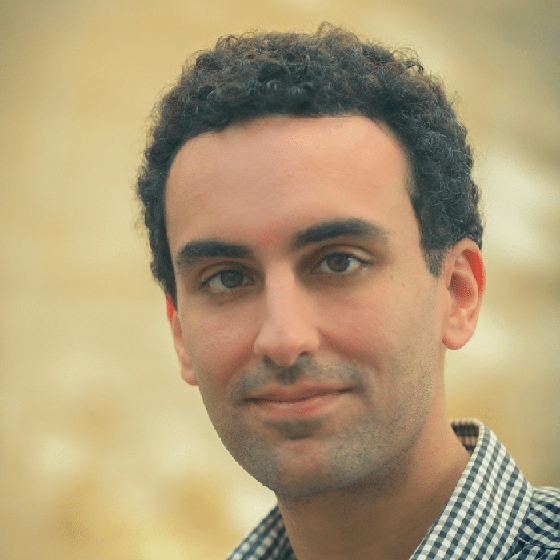
Dr Joseph Caruana
In 2016 joined the University of Malta as lecturer in the Department of Physics and the Institute of Space Sciences & Astronomy (ISSA), teaching Nuclear Physics and Astronomy & Cosmology His main research revolves around observational cosmology, particularly the early universe and reionisation, galaxy formation & evolution, and galactic dynamics.
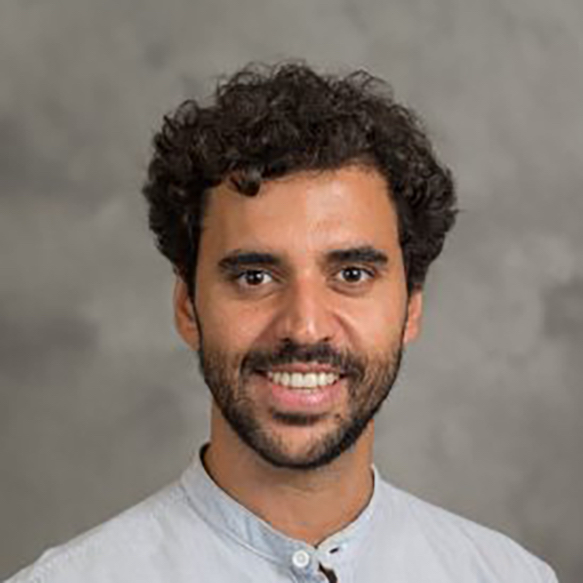
Dr Leandro Beraldo e Silva
Completed his PhD at the Universidade de São Paulo and worked as a postdoc with Victor Debattista at UCLan. His interests are in theoretical Galactic Dynamics, from the relaxation of collisionless gravitational systems to formation and evolution scenarios for the Milky Way. Currently a Research Fellow at the University of Michigan and member of the DESI collaboration.

Dr João Amarante
Finished his PhD at Shanghai Astronomical Observatory under the supervision of Dr. Martin C. Smith. Studied the properties of the Milky Way stellar halo in the Solar Neighborhood using Gaia and LAMOST data. Currently a Visiting Fellow at UCLan and external member of the Galaxy Dynamics Group. Investigating the effects of single mergers in disc-shaped galaxies with N-body + SPH simulations.
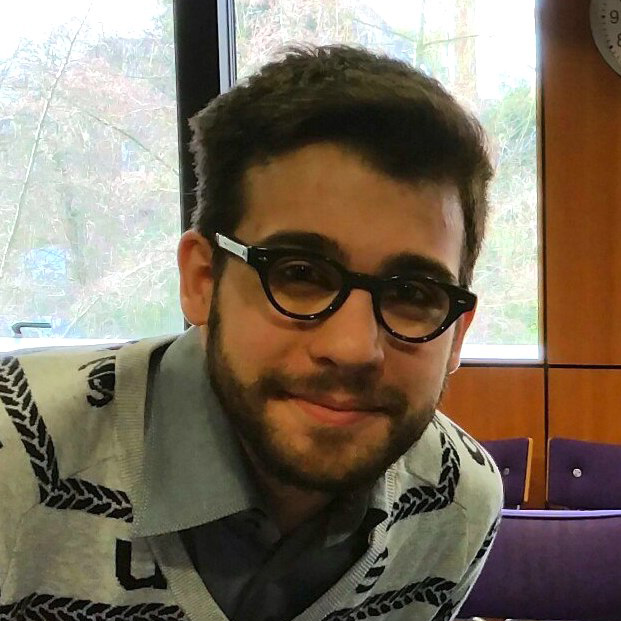
Dr Tigran Khachaturyants
Finished his PhD at UCLan under the supervision of Prof Victor P. Debattista as part of the Galaxy Dynamics Research Group. Wrote dissertation and is continuing to study the effects of S-shape warps on the vertical structure of galactic discs. Specialises in
Gaia
data and N-body+SPH simulations with upcoming Python processing library .
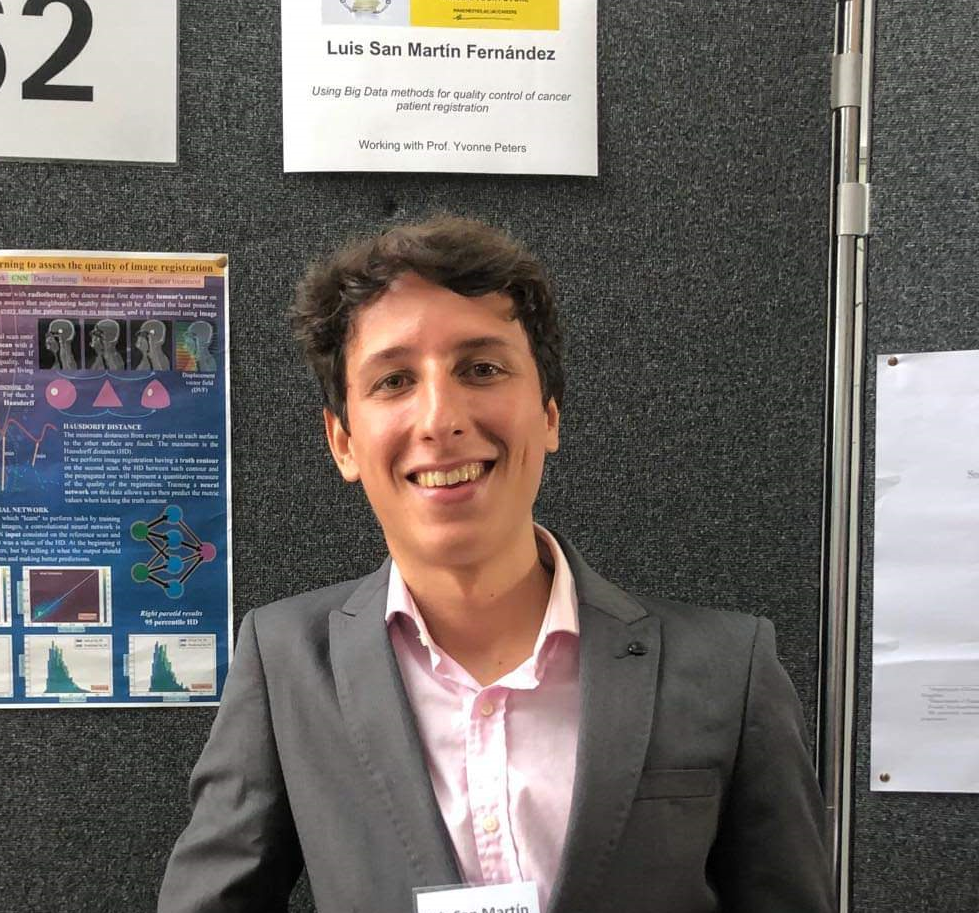
Luis Miguel San Martin Fernandez
Masters by Research (MRes) student studying the kinematics of stars in the bulge of the Milky Way, and in the bulge of a high-resolution simulation of a barred spiral galaxy. Research is focused on comparing the results to understand the formation of our Galaxy's bulge.
Former Group Members
Recent Works
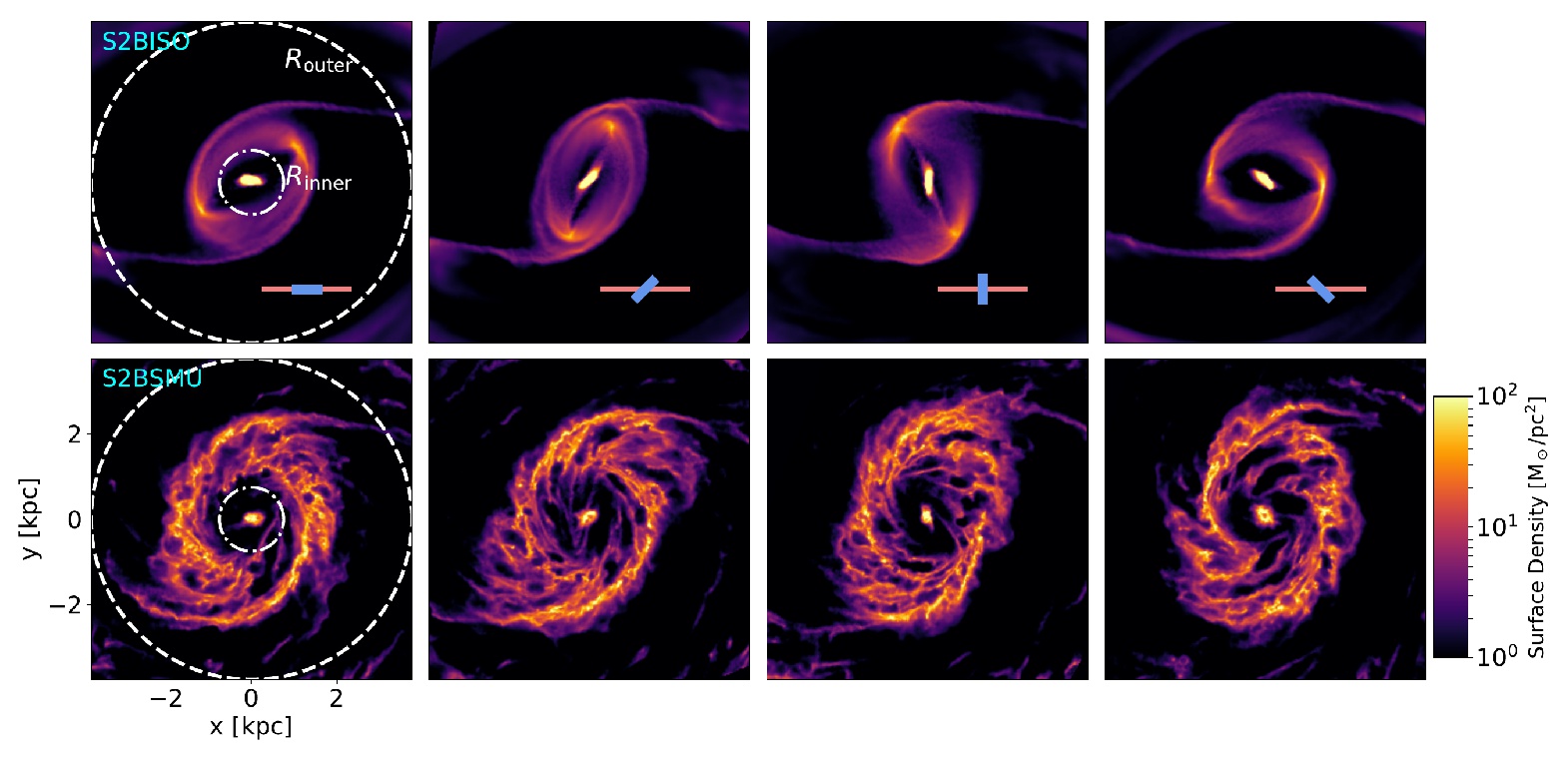 Z. Li et al., 2023 →
Z. Li et al., 2023 →
How Nested Bars Enhance, Modulate, and are Destroyed by Gas Inflows
ADS
|
arXiv
|
Publisher
 L. Beraldo e Silva et al., 2023 →
L. Beraldo e Silva et al., 2023 →
Orbital support and evolution of flat profiles of bars (shoulders)
ADS
|
arXiv
|
Publisher

